Designing Coupling of 2-Dimensional PhotoRecepto-Conversion Scheme (2DPRCS) with Clean Unit System Platform (CUSP)
Abstract
1. Introduction
2. Designing Coupling Compact Clean Space with Power Generation Equipment
2.1. CUSP Development
2.1.1. Cleanliness in a Handy Jump-Up CUSP
2.1.2. Sleep Assessment in the Jump-Up CUSP (CAQLEA)
2.1.3. Air Quality Parameters between Outside and Inside of CAQLEA
2.1.4. Sleep Assessment Experiment in CAQLEA
2.2. Designing Solar Power Generation Equipment for CUSP-Based Clean Space
3. Discussion
4. Conclusions and Future Outlook
Author Contributions
Funding
Data Availability Statement
Acknowledgments
Conflicts of Interest
References
- Sze, S.M. Solar cells. In Physics of Semiconductor Devices, 2nd ed.; John Wiley & Sons: New York, NY, USA, 1981; pp. 790–838. [Google Scholar]
- Ohmi, T. Future trends and applications of ultra-clean technology. In Proceedings of the International Technical Digest on Electron Devices Meeting, Washington, DC, USA, 3–6 December 1989; p. 50. [Google Scholar]
- Fumagallia, C.; Zocchi, C.; Tassetti, L.; Silverii, M.V.; Amato, C.; Livi, L.; Giovannoni, L.; Verrillo, F.; Bartoloni, A.; Marcucci, R.; et al. Careggi AOU COVID-19 Follow-up study Group; Factors associated with persistence of symptoms 1 year after COVID-19: A longitudinal, prospective phone-based interview follow-up cohort study. Eur. J. Intern. Med. 2022, 97, 36–41. [Google Scholar] [CrossRef] [PubMed]
- The Bubble Operating Theatre. Available online: https://msf.org.au/sites/default/files/attachments/msf_bubble_operating_theatre.pdf (accessed on 30 December 2022).
- Hsieh, T.; Liu, Y.; Liang, S.; Yasutake, M.; Ishibashi, A. Tent-type CUSP for Air Cleaning and Non-contact Sleep Assessment. In Proceedings of the 3rd International Conference on Computational Biology and Bioinformatics, ICCBB 2019, Nagoya, Japan, 17–19 October 2019; pp. 47–51. [Google Scholar]
- Blanco, M.J.; Ramirez Santigosa, L. (Eds.) Advances in Concentrating Solar Thermal Research and Technology; Woodhead Publishing: Soston, UK, 2018. [Google Scholar] [CrossRef]
- IBM. Available online: https://arstechnica.com/science/2013/04/ibms-solar-tech-is-80-efficient-thanks-to-supercomputer-know-how/ (accessed on 19 January 2021).
- Van Sark, W.G.J.H.M.; Barnham, K.W.J.; Slooff, L.H.; Chatten, A.J.; Büchtemann, A.; Meyer, A.; McCormack, S.J.; Koole, R.; Farrell, D.J.; Bose, R.; et al. Luminescent Solar Concentrators—A review of recent results. Opt. Express 2013, 16, 21773–21792. [Google Scholar] [CrossRef] [PubMed]
- Meinardi, F.; Bruni, F.; Brovelli, S. Luminescent solar concentrators for building-integrated photovoltaics. Nat. Rev. Mater. 2017, 2, 17072. [Google Scholar] [CrossRef]
- Corrado, C.; Leow, S.W.; Osborn, M.; Ian Carbone, I.; Hellier, K.; Short, M.; Alers, G.; Carter, S.A. Power generation study of luminescent solar concentrator greenhouse. J. Renew. Sustain. Energy 2016, 8, 043502. [Google Scholar] [CrossRef]
- Jenkins, P.P.; Scheiman, D.A.; Hoheisel, R.; Lorentzen, J.R.; Fischer, R.P.; Wayne, D.T.; Lynn, B.E.; Pogue, C.M.; Jaffe, P. Challenges in receiver design for free-space optical power transfer. In Proceedings of the 1st Optical Wireless and Fiber Power Transmission Conference, OWPT-5-04, Yokohama, Japan, 23–25 April 2019. [Google Scholar]
- Masui, Y.; Bricker, D.; Vorontsov, M.A.; Weyrauch, T. Performance analysis of photovoltaic arrays for remote power beaming through the atmosphere. In Proceedings of the 1st Optical Wireless and Fiber Power Transmission Conference, OWPT-9-02, Yokohama, Japan, 23–25 April 2019. [Google Scholar]
- Ishibashi, A.; Okura, Y.; Sawamura, N. Lifting Off Spatial Degeneracy of Functions, Where Does It Lead Us for Photovoltaic Device Systems? Energies 2020, 13, 5234. [Google Scholar] [CrossRef]
- Ishibashi, A.; Kasai, T.; Sawamura, N. Tapered Redirection Waveguide in Two Dimensionally connected Photo Recepto Conversion Scheme (2DPRCS). In Proceedings of the 3rd Optical Wireless and Fiber Power Transmission Conference, OWPT-1-03, Yokohama, Japan, 19–21 April 2021. [Google Scholar]
- Ishibashi, A.; Kaiju, H.; Yamagata, Y.; Kawaguchi, N. Connected box-units-based compact highly clean environment for cross-disciplinary experiments platform. Electron. Lett. 2005, 41, 735–736. [Google Scholar] [CrossRef]
- Kawaguchi, N.; Rahaman, D.; Kaiju, H.; Ishibashi, A. Physical Analysis of Connected Clean Units in Clean-Unit System Platform. Jpn. J. Appl. Phys. 2006, 45, 6481–6483. [Google Scholar] [CrossRef]
- Rahaman, M.D.; Kaiju, H.; Kawaguchi, N.; Ishibashi, A. Ultra-High Cleanliness of ISO Class Minus 1 Measured in Triply Connected Clean-Unit System Platform. Jpn. J. Appl. Phys. 2008, 47, 5712–5716. [Google Scholar] [CrossRef]
- Ishibashi, A.; Kobayashi, H.; Taniguchi, T.; Kondo, K.; Kasai, T. Optical Simulation for Multi-Striped Orthogonal Photon-Photocarrier-Propagation Solar Cell (MOP3SC) with Redirection Waveguide. 3D Res. 2016, 7, 33. [Google Scholar] [CrossRef]
- Ishibashi, A.; Kasai, T.; Sawamura, N. Redirection Waveguide having Discrete Translational Symmetry for Photovoltaic Systems with Solar-Cell Units Placed at the Periphery. Energies 2018, 11, 3498. [Google Scholar] [CrossRef]
- Ishibashi, A.; Sawamura, N.; Matsuoka, T.; Kobayashi, H.; Kasai, T. Asymmetric Waveguide-Coupled Scheme for Multi-striped Orthogonal Photon-Photocarrier Propagation Solar Cell (MOP3SC). Trans. Mater. Res. Soc. Jpn. 2019, 44, 187–191. [Google Scholar] [CrossRef]
- Net Zero-Energy Buildings. Available online: https://en.wikipedia.org/wiki/Zero-energy_building (accessed on 30 December 2022).
- Ishibashi, A.; Ishibashi, F. Wall, System of Highly Clean Rooms, Production Method Thereof and Construction. U.S. Patent 10,677,483, 9 June 2020. [Google Scholar]
- Ishibashi, A.; Yasutake, M.; Ishibashi, F. System and Method Using Information of Involuntary Body Movement during Sleep, and Sleeping State Detection System and Method. U.S. Patent 10,172,547, 8 January 2019. [Google Scholar]
- Ishibashi, A.; Noguchi, N.; Etoh, T.; Matsuda, J.; Ohashi, Y. Clean unit system platform (CUSP) based upon 100% feed-back closed-system. In Proceedings of the 35th Annual Technical Meeting on Air Cleaning and Contamination Control, Tokyo, Japan, 24–25 April 2018; pp. 38–41. [Google Scholar]
- Ishibashi, A.; Eto, T.; Noguchi, N.; Matsuda, J. Building, and Method for Controlling Gas Molecule Concentration in Living and/or Activity Space in Building. U.S. Patent 11364465, 21 June 2022. [Google Scholar]
- Ishibashi, A.; Sawamura, N.; Zhou, Z.; Hong, X.; Wang, X.; Wang, Y.; Kato, N. Lifting off spatial functional degeneracies in solar cells and clean rooms, where does it lead us for mitigating climate change in cities? In Proceedings of the 4th Optical Wireless and Fiber Power Transmission Conference, OWPT2022, Yokohama, Japan, 18–21 April 2022.
- CAQLEA. Available online: https://caqlea.com/ (accessed on 16 November 2022).
- American Academy of Sleep Medicine. Available online: https://aasm.org/ (accessed on 17 November 2022).
- FullWAVE. Available online: https://www.synopsys.com/photonic-solutions/rsoft-photonic-device-tools/passive-device-fullwave.html (accessed on 30 December 2022).
- BBC News Japan. Available online: https://www.bbc.com/japanese/features-and-analysis-52087717 (accessed on 30 December 2022).
- Air Cleaner (See for Example). Available online: https://kadenfan.hitachi.co.jp/support/airclean/item/EP-Z30R/manual.html (accessed on 30 December 2022).
- Geisz, J.F.; France, R.M.; Schulte, K.L.; Steiner, M.A.; Norman, A.G.; Guthre, H.L.; Young, M.R.; Song, T.; Moriarty, T. Six-junction III–V solar cells with 47.1% conversion efficiency under 143 suns concentration. Nat. Energy 2020, 5, 326–335. [Google Scholar] [CrossRef]
- Irishika, D.; Imamura, K.; Kobayashi, H. Ultralow reflectivity surfaces by formation of nanocrystalline Si layer for crystalline Si solar cells. Sol. Energy Mater. Sol. Cells 2015, 141, 1–6. [Google Scholar] [CrossRef]
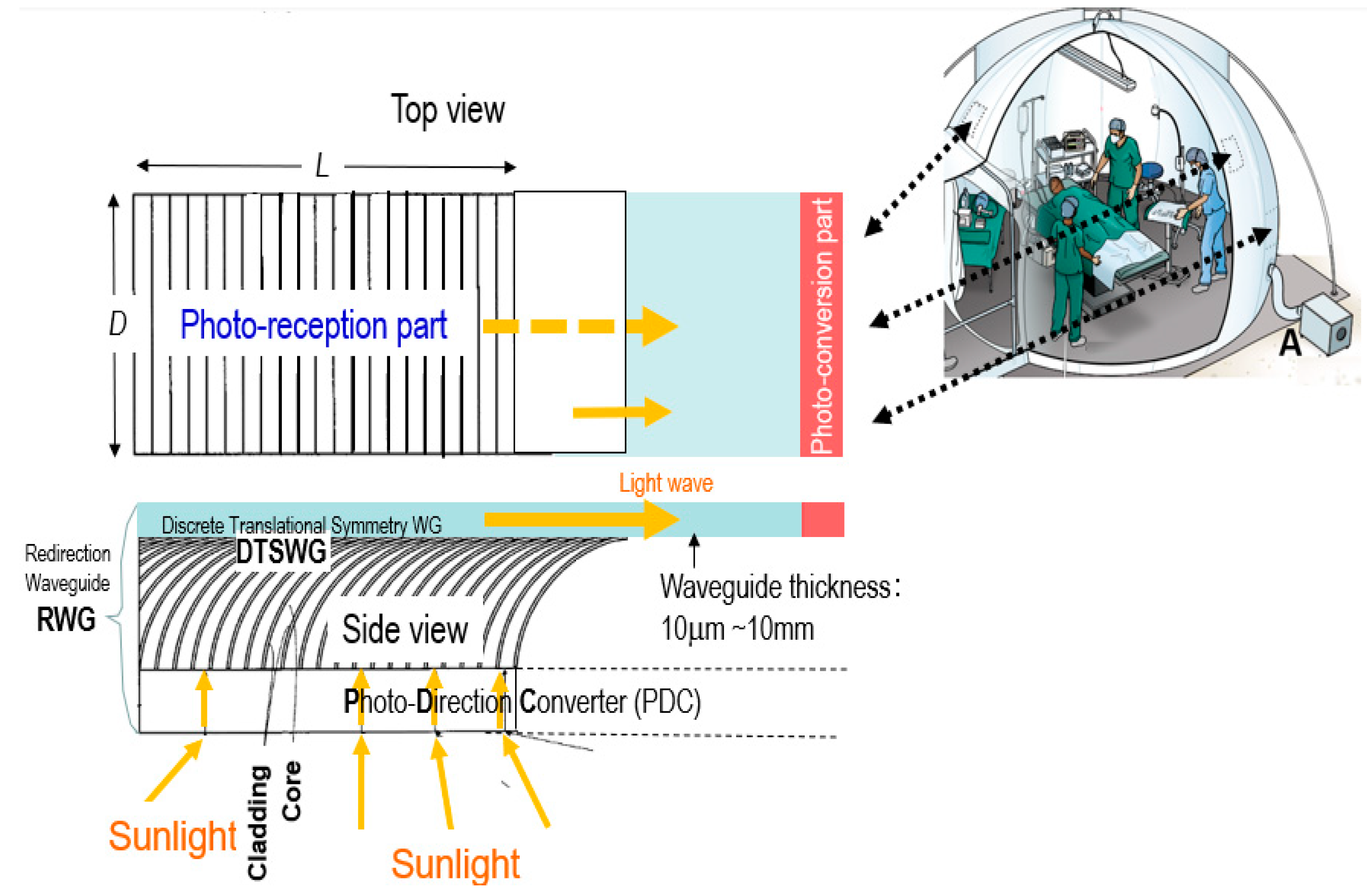
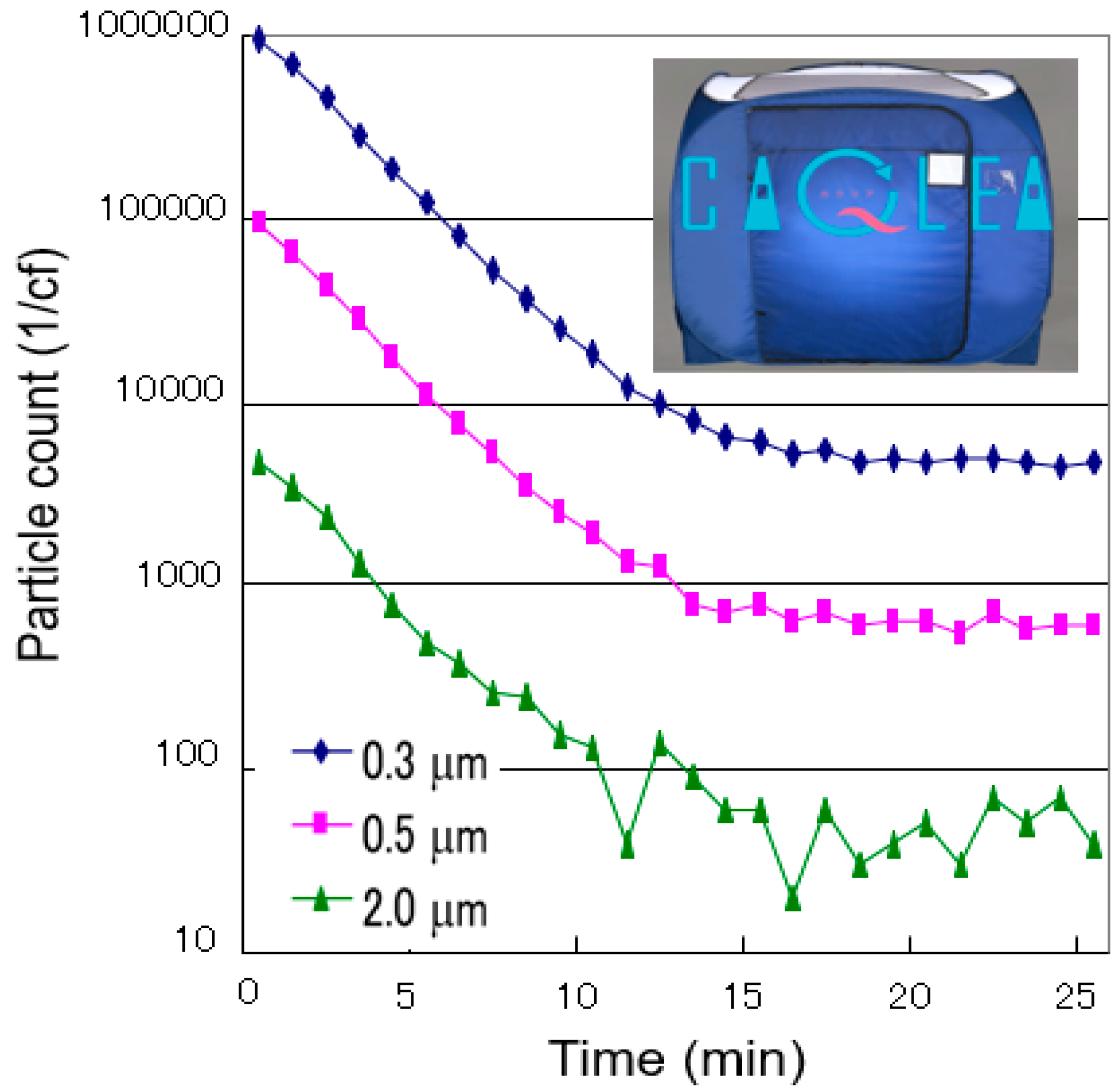
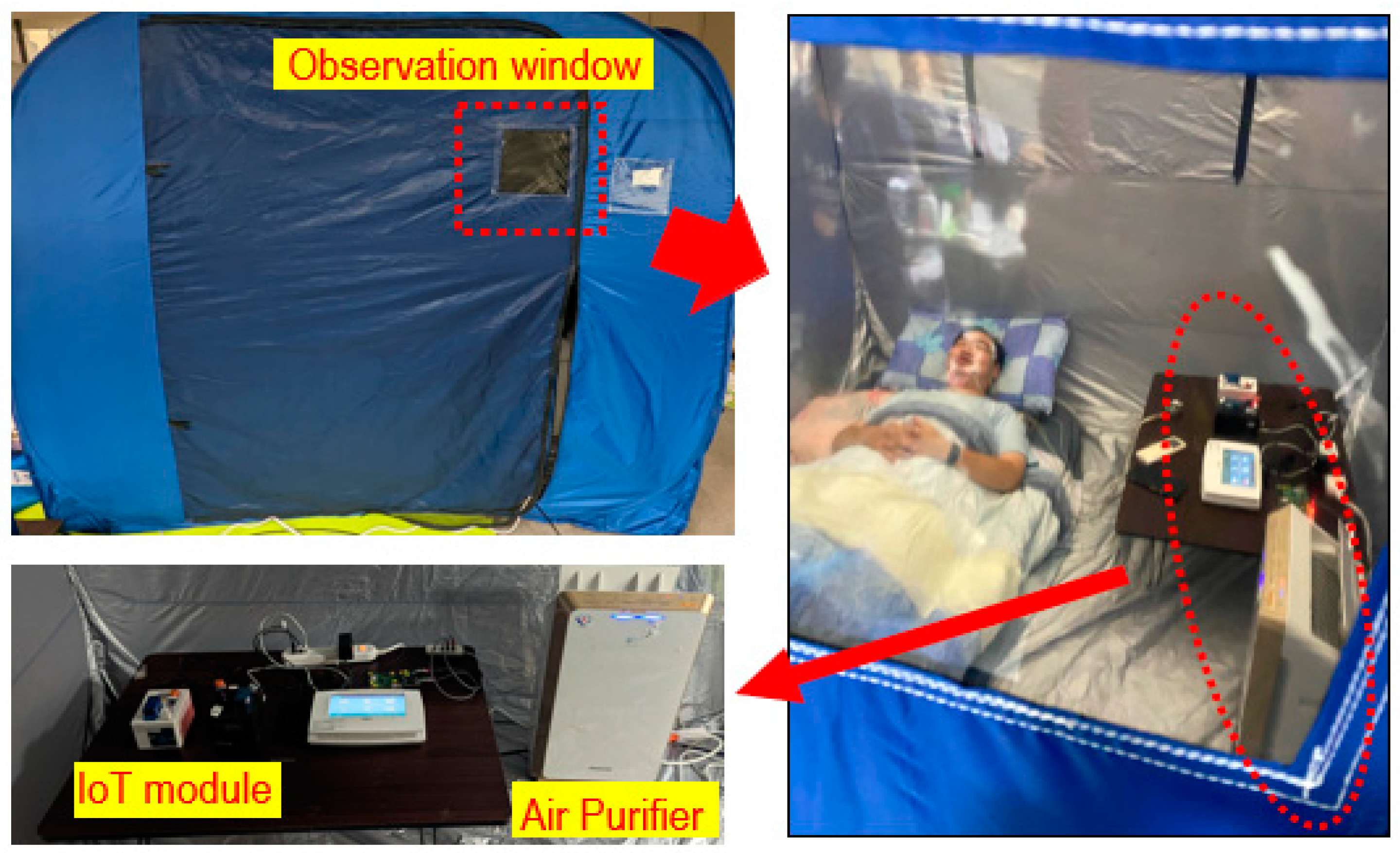
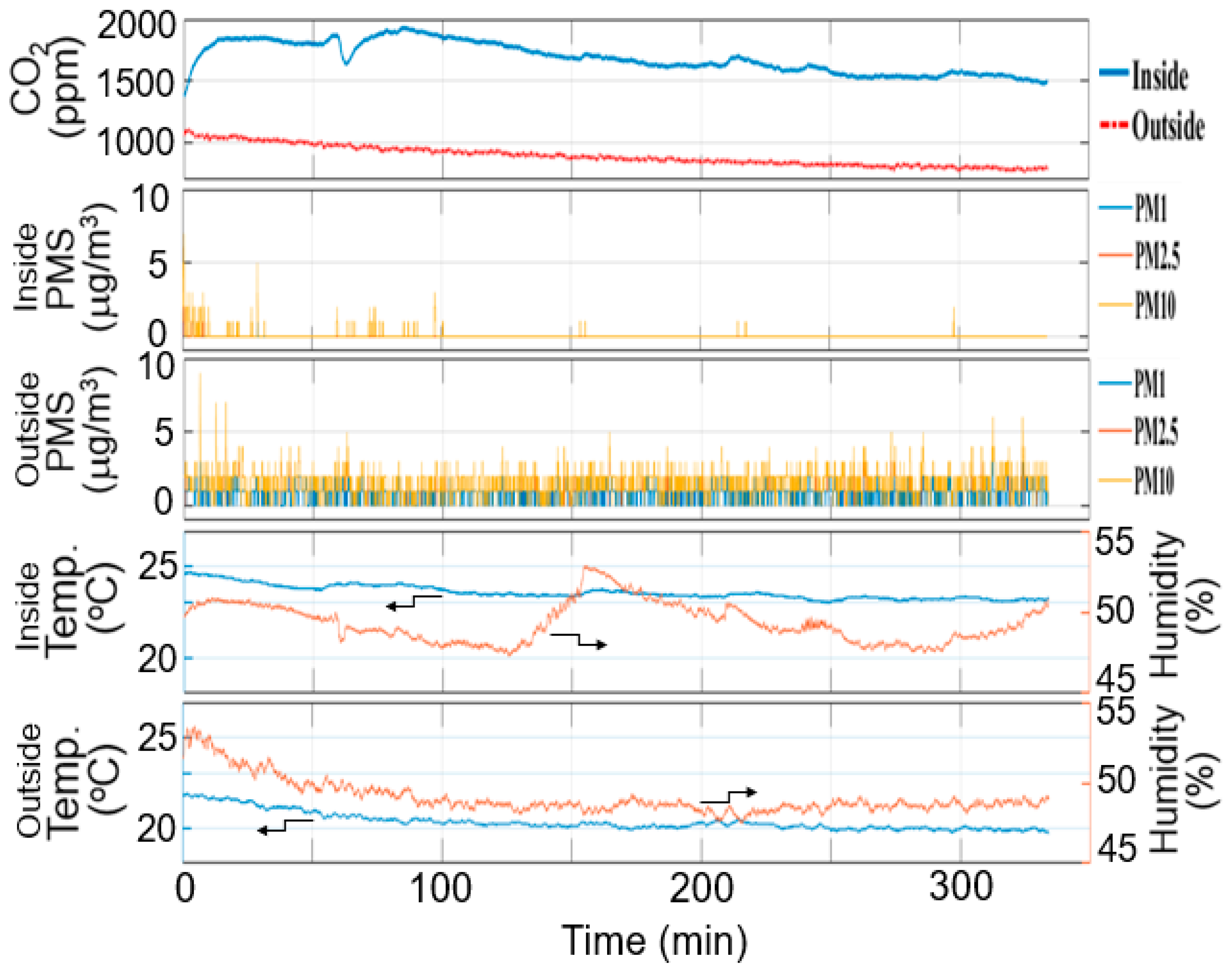
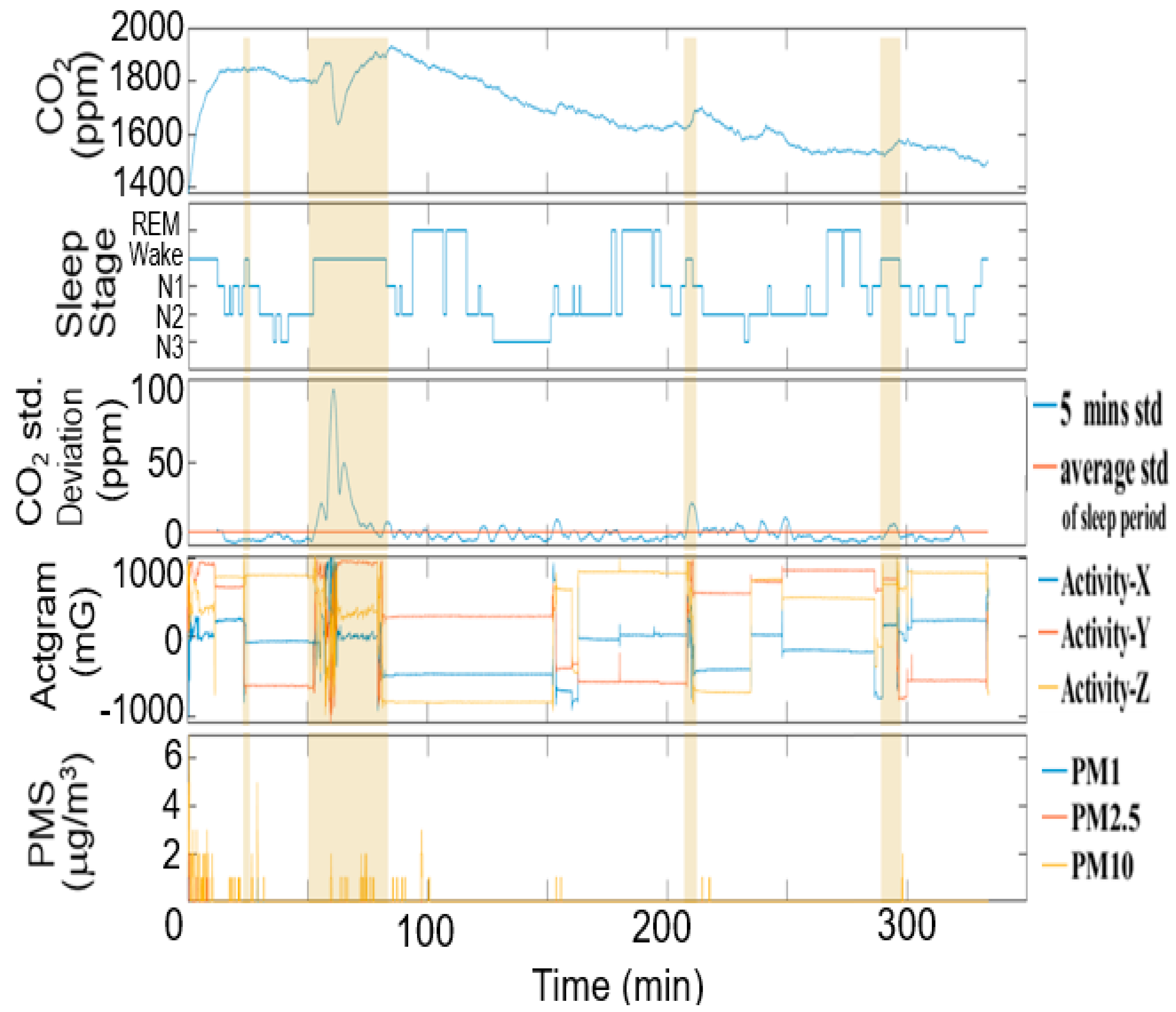

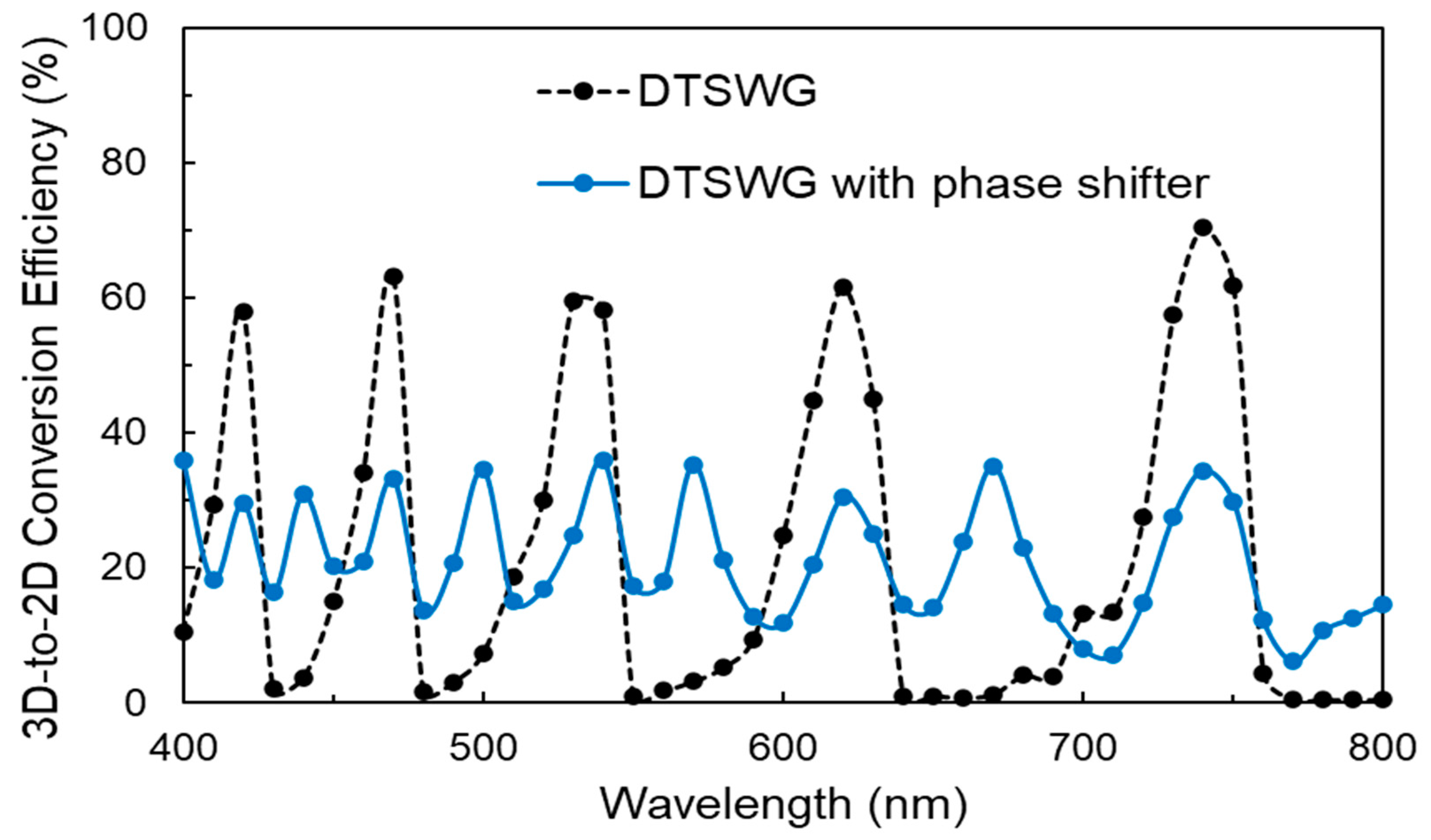

Disclaimer/Publisher’s Note: The statements, opinions and data contained in all publications are solely those of the individual author(s) and contributor(s) and not of MDPI and/or the editor(s). MDPI and/or the editor(s) disclaim responsibility for any injury to people or property resulting from any ideas, methods, instructions or products referred to in the content. |
© 2023 by the authors. Licensee MDPI, Basel, Switzerland. This article is an open access article distributed under the terms and conditions of the Creative Commons Attribution (CC BY) license (https://creativecommons.org/licenses/by/4.0/).
Share and Cite
Ishibashi, A.; Liang, S.-F.; Kato, N.; Zhou, Z.; Hsieh, T.-H.; Matsuda, J.; Sawamura, N. Designing Coupling of 2-Dimensional PhotoRecepto-Conversion Scheme (2DPRCS) with Clean Unit System Platform (CUSP). Energies 2023, 16, 1838. https://doi.org/10.3390/en16041838
Ishibashi A, Liang S-F, Kato N, Zhou Z, Hsieh T-H, Matsuda J, Sawamura N. Designing Coupling of 2-Dimensional PhotoRecepto-Conversion Scheme (2DPRCS) with Clean Unit System Platform (CUSP). Energies. 2023; 16(4):1838. https://doi.org/10.3390/en16041838
Chicago/Turabian StyleIshibashi, Akira, Sheng-Fu Liang, Naoto Kato, Ziling Zhou, Tsung-Hao Hsieh, Junji Matsuda, and Nobuo Sawamura. 2023. "Designing Coupling of 2-Dimensional PhotoRecepto-Conversion Scheme (2DPRCS) with Clean Unit System Platform (CUSP)" Energies 16, no. 4: 1838. https://doi.org/10.3390/en16041838
APA StyleIshibashi, A., Liang, S.-F., Kato, N., Zhou, Z., Hsieh, T.-H., Matsuda, J., & Sawamura, N. (2023). Designing Coupling of 2-Dimensional PhotoRecepto-Conversion Scheme (2DPRCS) with Clean Unit System Platform (CUSP). Energies, 16(4), 1838. https://doi.org/10.3390/en16041838






